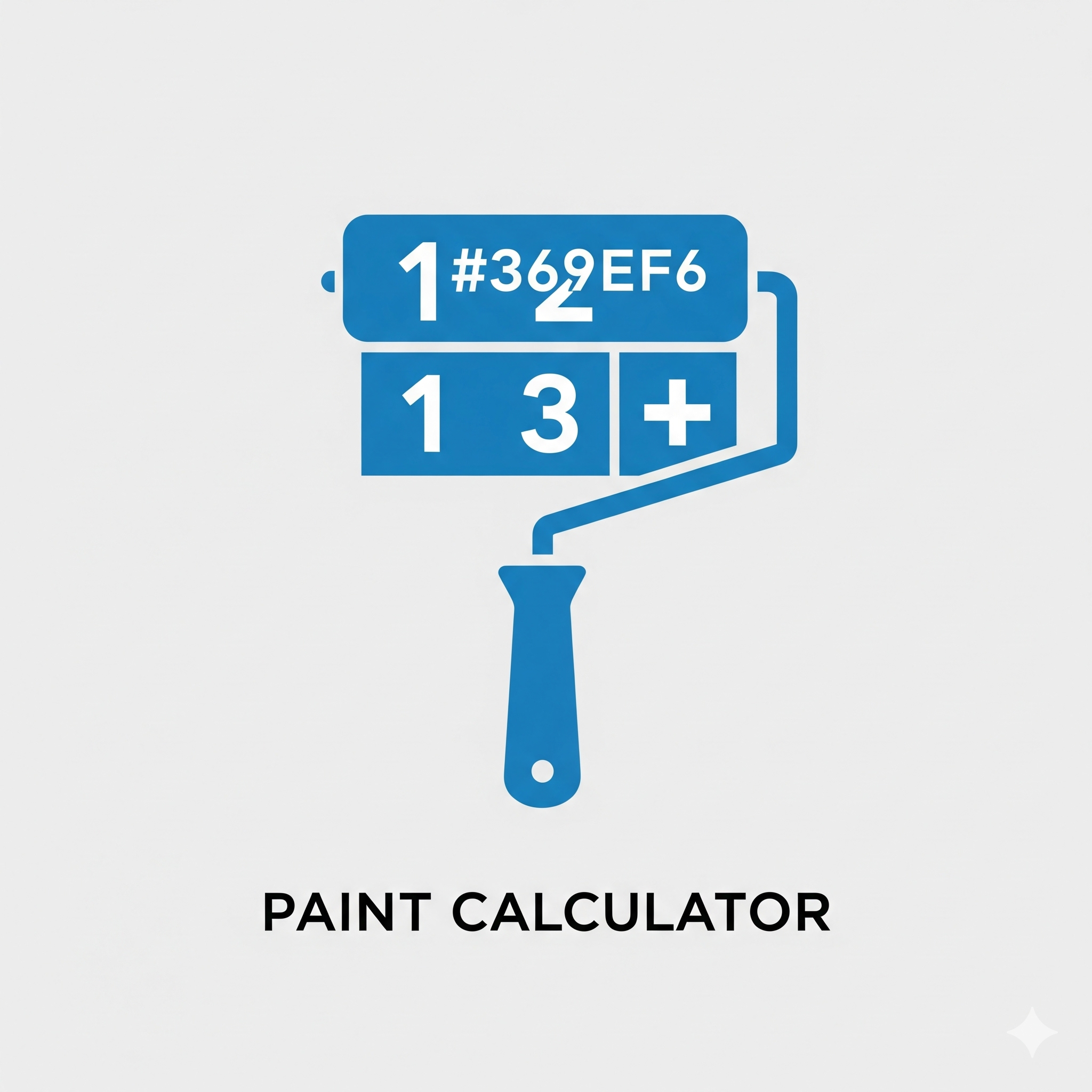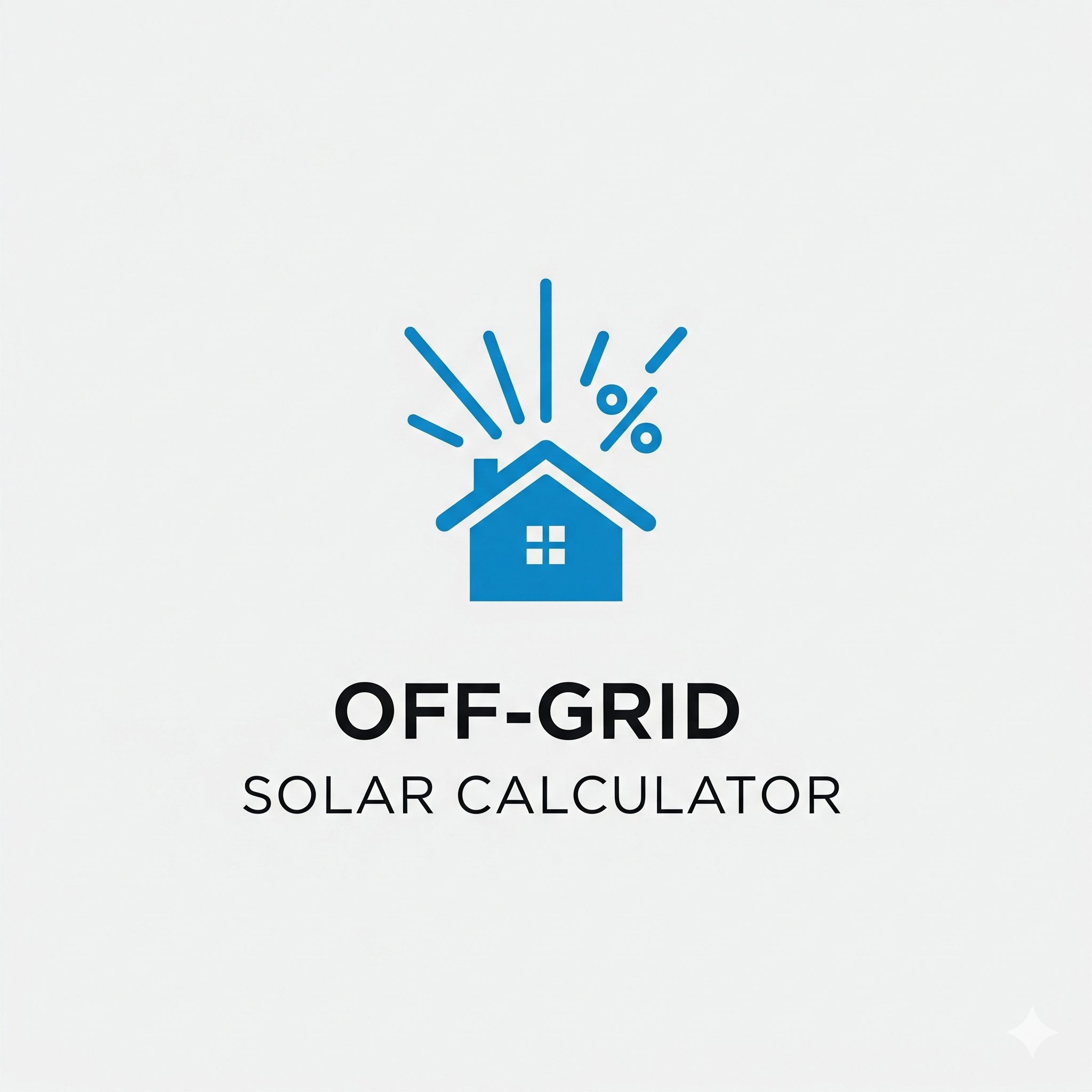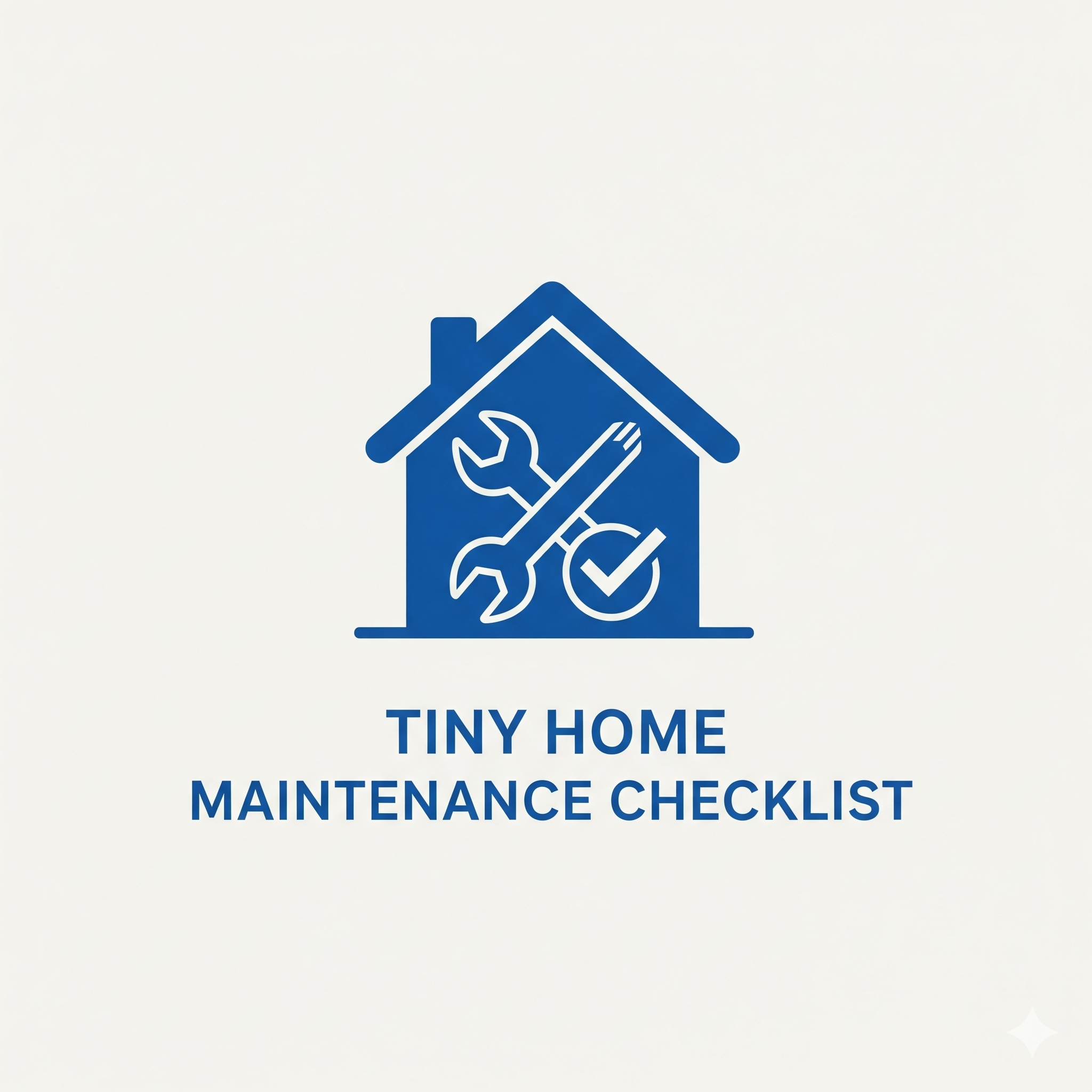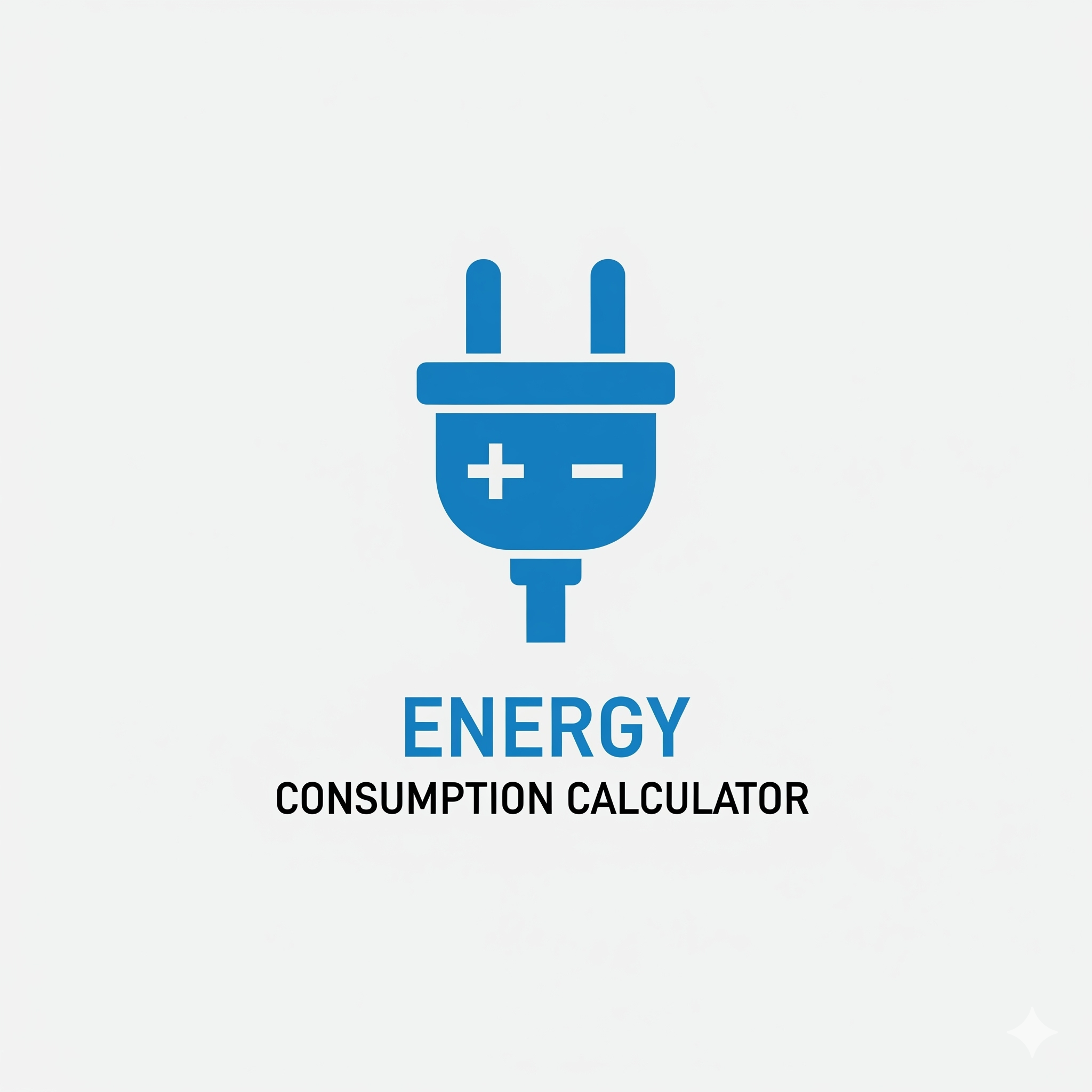Paint Calculator: How Much Paint Do I Need?
Use our free Paint Calculator to accurately estimate how much paint you need for your project. Enter your room dimensions to avoid waste and save money.
Paint Calculator
Windows to Exclude
Doors to Exclude
Paint Needed
How to use this tool: Measure the length of all the walls you plan to paint and add them together. Enter that total length and the room's height. Use the "+ Add" buttons to enter the dimensions of any windows or doors you need to subtract. Click "Calculate" to see how many gallons of paint your project requires.
The Ultimate Paint Calculator: Plan Your Perfect Paint Job, Every Time
There are few DIY projects as transformative as a fresh coat of paint. It's a relatively inexpensive way to completely change the mood and style of a room. But I've been there, and I know you have too. You’re in the zone, cutting in the final wall, and you look down into the can to see nothing but fumes. The sinking feeling is immediate. An emergency trip to the hardware store, often for a new batch of custom-mixed paint that's *just slightly* off, can ruin the entire project. This is why I believe that the most important tool for any painting project isn't a brush or a roller—it's this **Paint Calculator**. As a tiny home builder, I know that every dollar and every minute counts. This simple tool is your best defense against wasted money, wasted time, and the frustration of a project gone wrong.
The goal of this **Paint Calculator** is to take the guesswork out of the equation. "Guesstimating" your paint needs is a recipe for disaster. Buy too little, and you risk that dreaded mid-project paint run and potential color mismatching between cans. Buy too much, and you're left with a collection of half-used cans that clutter up your precious storage space—a cardinal sin in a tiny home. By taking just five minutes to measure your room and input the numbers here, you can walk into the paint store with the confidence of a professional, knowing you’re buying exactly what you need to get the job done right the first time.
The High Cost of Guessing: Why You Must Calculate Before You Paint
It's tempting to just grab a couple of gallons and hope for the best, but this approach has hidden costs. The most obvious is financial waste. A gallon of quality paint can cost $40, $60, or even more. Buying an extra gallon "just in case" that you never open is like throwing money away. Conversely, running out and having to buy a small quart to finish can be even more expensive per ounce. But the biggest hidden cost is **color inconsistency**. When you buy custom-tinted paint, there can be minute differences from one batch to the next. If you run out and have to get a new can mixed, the new batch might be slightly different. While it may not be noticeable on the paint chip, this slight variation can be glaringly obvious when it's on the same wall as the first batch. Using a **Paint Calculator** to buy enough paint from a single batch is the only way to guarantee a uniform, professional-looking finish.
How to Measure Your Room Like a Pro
Getting accurate numbers for the **Paint Calculator** is easy. You don't need any complex geometry, just a simple tape measure and a few minutes. Here's the foolproof method:
- Measure Total Wall Length: Measure the length of each wall you plan to paint, from corner to corner. Add these numbers together to get your "Total Wall Length." For a simple rectangular room, you can just measure two adjacent walls, add them, and multiply by two.
- Measure Wall Height: Measure from the floor to the ceiling. You typically only need to do this once.
- Measure Your Exclusions: For each window and door, measure the width and the height. It's generally best to include the frame in your measurements, as you won't be painting that either. Use the "+ Add Window" and "+ Add Door" buttons in the calculator for each one.
That's it! With these three sets of numbers, the calculator has everything it needs to give you an accurate estimate of your paintable surface area.
Beyond the Gallons: Understanding Paint Coats and Coverage
The final piece of the puzzle is understanding what the numbers on the paint can really mean. Our **Paint Calculator** uses a standard coverage of 350 square feet per gallon, which is a reliable industry average for a single coat on a smooth, primed interior wall. However, this can vary.
| Surface Type | Estimated Coverage per Gallon | Why it Varies |
|---|---|---|
| Smooth, Primed Drywall | 350-400 sq ft | Ideal surface, low absorption. |
| Unprimed or New Drywall | 250-300 sq ft | The raw paper and mud are very absorbent. |
| Textured Plaster or Stucco | 200-300 sq ft | The increased surface area from texture requires more paint. |
Furthermore, always plan for **two coats**. It's not a tactic by paint companies to sell more paint. The first coat acts as a base, and the second coat provides the true, rich color and a durable, even finish. Our calculator defaults to two coats for this reason. A single coat will almost always look patchy and unprofessional once it fully dries.
Pro Tips for a Flawless Finish
At my site Neat Tiny Home, we believe in doing things right. Now that you know how much paint to buy, here's how to get the best results:
- Prep is 90% of the work: Clean your walls with a mild detergent solution to remove dust and oils. Fill any nail holes or cracks with spackle and sand them smooth. A perfect paint job on a flawed wall will still look flawed.
- Use a Quality Primer: If you are making a drastic color change (like painting a light color over a dark one) or painting on new drywall, a coat of primer is non-negotiable. It seals the surface, blocks old colors, and ensures the new paint adheres properly.
- "Cut In" First: Before you start rolling, use a 2-3 inch angled brush to paint a clean line around all your trim, windows, and along the ceiling. This gives you a crisp border and makes the rolling process much faster.
- Use the "W" Method: When rolling, load your roller and paint a large "W" on the wall, about 3 feet by 3 feet. Then, fill in the "W" with parallel strokes without lifting the roller. This technique distributes the paint evenly and avoids ugly roller marks. For great visual guides, the how-to sections on websites like Sherwin-Williams are an excellent resource.
A successful paint project is a source of immense pride. It’s a way to put your personal stamp on your space. By starting with a solid plan, anchored by our **Paint Calculator**, you can ensure your next project is a stress-free success.
What room are you dreaming of transforming with a new color? Share your next big (or tiny) painting project in the comments below!
Frequently Asked Questions (FAQ)
- Do I need to subtract the area for small things like light switches and outlets?
No, it's not necessary. The amount of paint these small items would save is negligible, and it's better to have that tiny bit extra in your calculation than to risk running short. - What if I'm painting the ceiling too?
To calculate paint for the ceiling, simply measure the length and width of the room and multiply them to get the ceiling's square footage. You should treat the ceiling as a separate project with its own calculation, as you'll likely be using a different type of paint. - How much extra paint should I buy for touch-ups?
Most professionals recommend saving a small amount of leftover paint in a well-sealed, labeled jar. The amount calculated by our tool should generally provide enough leftover for minor scuffs and touch-ups down the road. You typically don't need to buy an entire extra quart. - What is the best way to store leftover paint?
Clean any paint from the rim of the can, place a piece of plastic wrap over the opening, and then hammer the lid on tightly. Store the can upside down. This creates an airtight seal at the top and prevents the paint from skinning over, keeping it fresh for years.




Post Comment